6 Vehicle Upgrades for Beginner Overlanders
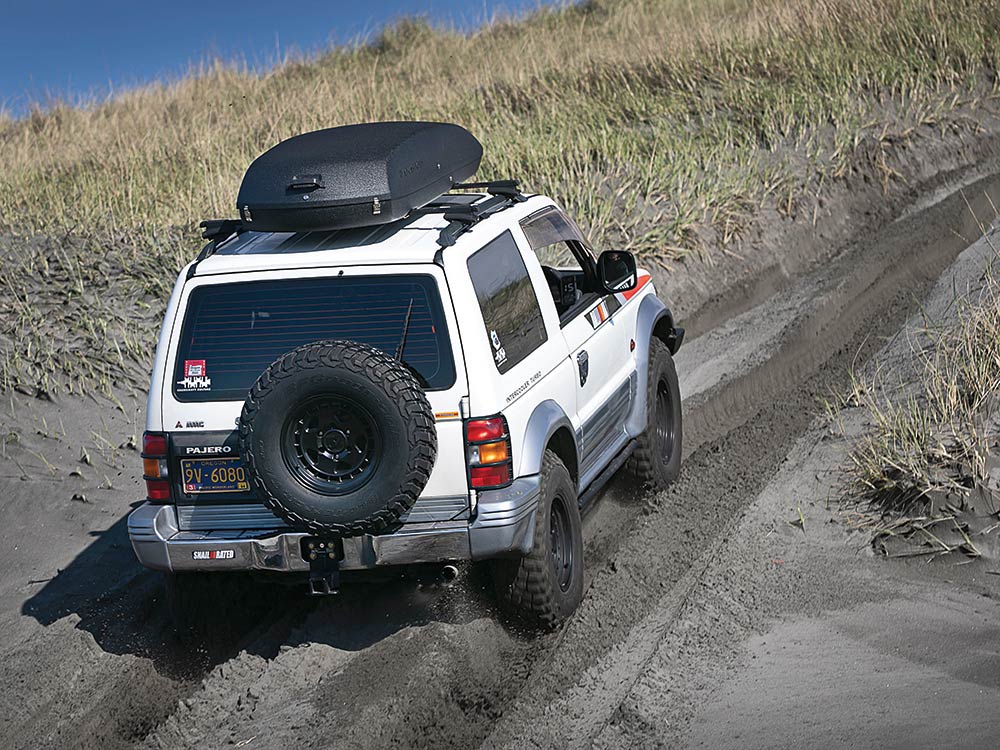
Basic upgrades for building your adventure-ready rig
It’s been a while since we ran a refresher course on overlanding for beginners, especially about the very first things we recommend doing to upgrade your vehicle into a serious overlanding rig. Vehicle upgrades for beginner overlanders can be tough to navigate, but there are several ways to make your 4×4 more capable by incorporating a few basic upgrades to set you up for off-roading success. These upgrades can help you gain traction, protect your vehicle from trail damage, and help you recover yourself, or others, when someone gets stuck.
Here are the 6 areas and beginner-friendly upgrades we’d focus on improving as you build out your vehicle.
1. Off-Road Tires
2. Lift Kits
3. Underbody Protection
4. Rock Sliders
5. Underbody Protection
6. Winches
1. Off-Road Tires
The only thing connecting off-road enthusiasts to the trail are the tires on their vehicle. Tires are an essential part to keep drivers on the straight and narrow when it comes to off-pavement adventuring, but they are often skimped on.
As a beginner, tries are a great first vehicle upgrade. Buying reputable rubber may cost you more, but it’ll help prevent potential issues down the line. Tire prices can depend on several factors, including tire type, size, performance factors, brand name, and warranty. Don’t forget to buy a full-size spare set if you can afford it.
There are two main types of off-road rubber: all-terrain and mud-terrain tires.
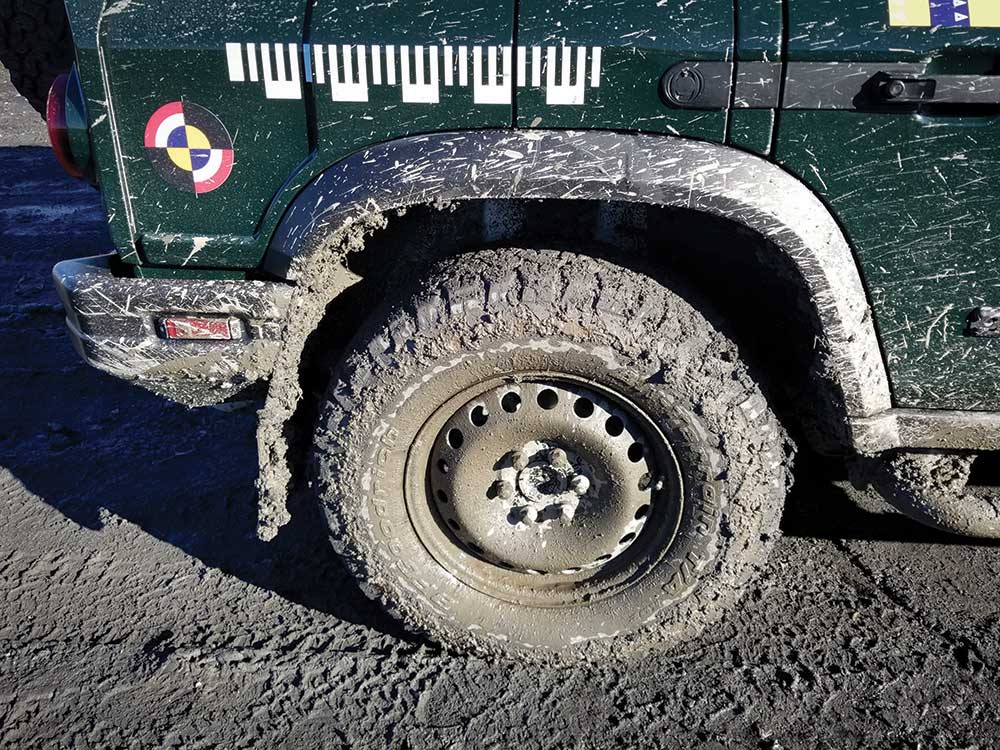
Understanding what type of terrain you’ll likely tackle most should dictate if an all-terrain or mud-terrain tire type is best for you.
A/T Tires
All-terrain tires, otherwise known as A/Ts, offer rugged tread patterns and enhanced sidewall designs with a quieter on-road presence, great for modified daily drivers. They are in between an all-season and mud-terrain tire. Alternated tread patterns increase traction ability when navigating over trail impediments like boulders or inclines. They also help keep grip when a vehicle is trudging through dirt or experiencing off-camber conditions. They are quieter on the road than mud-terrains and may provide longer wear and better fuel economy, too.
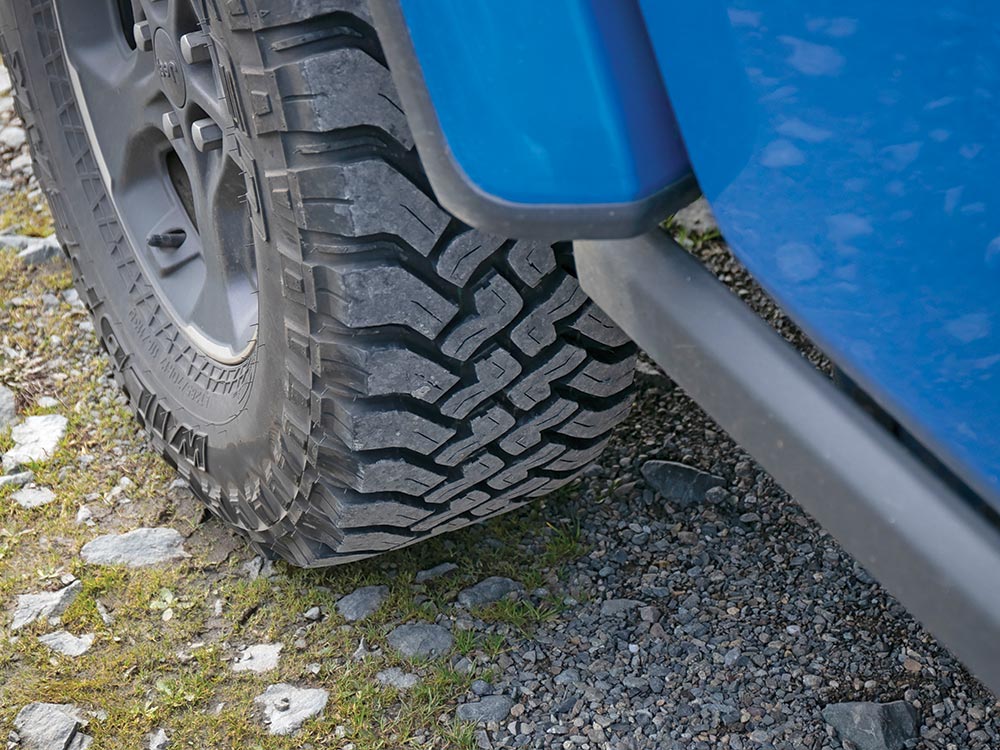
It’s important to understand which type of off-road tire is right for your lifestyle; all-terrain and mud-terrain tires each have pros and cons.
M/T Tires
However, if you’re primarily using a vehicle in thick mud or challenging off-tarmac terrain, mud-terrain, or M/Ts, may be your best bet. Mud-terrain tires boast oversized, aggressive tread designs with large lugs and showcase reinforced sidewalls. Quality mud-terrain tires clear debris more easily than all-terrain tires and can provide improved grip in certain situations. But they can be noisier on highways, can wear faster due to a softer compound, and can decrease fuel economy.
Quality manufacturers include BFGoodrich, Cooper, Falken, Yokohama, Nitto, Toyo, and more.
2. Lift It
Lift kits and aftermarket suspension kits are another popular beginner vehicle upgrade choice. By upgrading a vehicle in this manner, it can add ground clearance to a vehicle’s differentials and subframe, allowing for increased articulation and the ability to run a larger tire setup. Many custom suspension setups also provide increased suspension articulation, allowing for better off-pavement performance, better towing ability, and less sagging if carrying a heavy load.
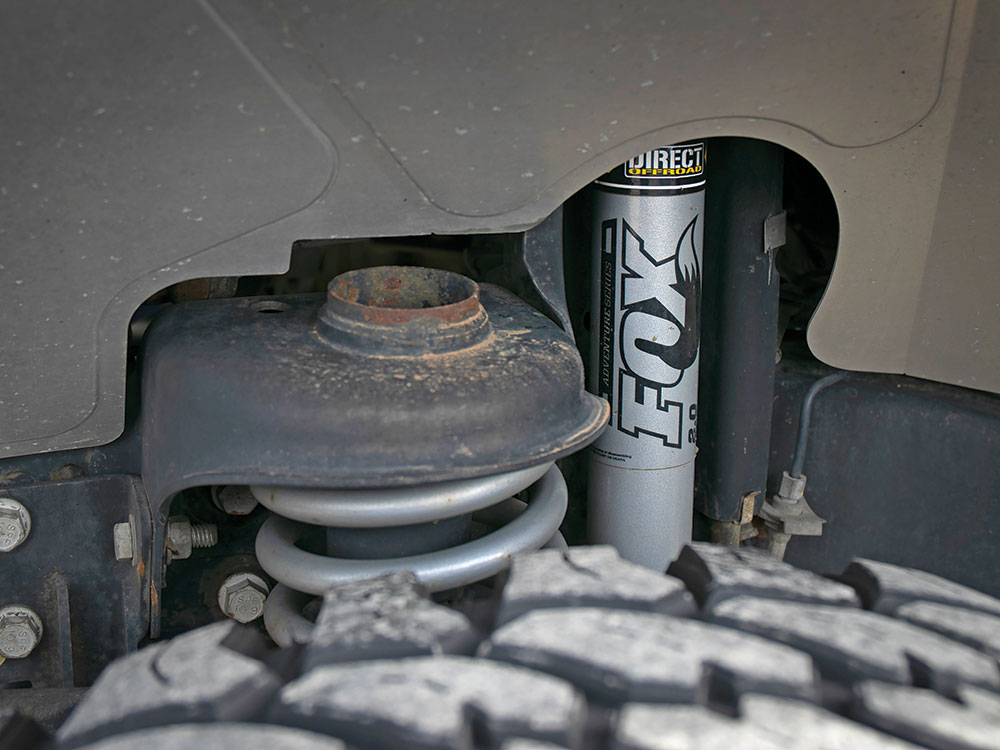
Adding a lift kit and better suspension components can allow for increased articulation and the ability to run a larger tire setup. They also offer a better ride experience, too.
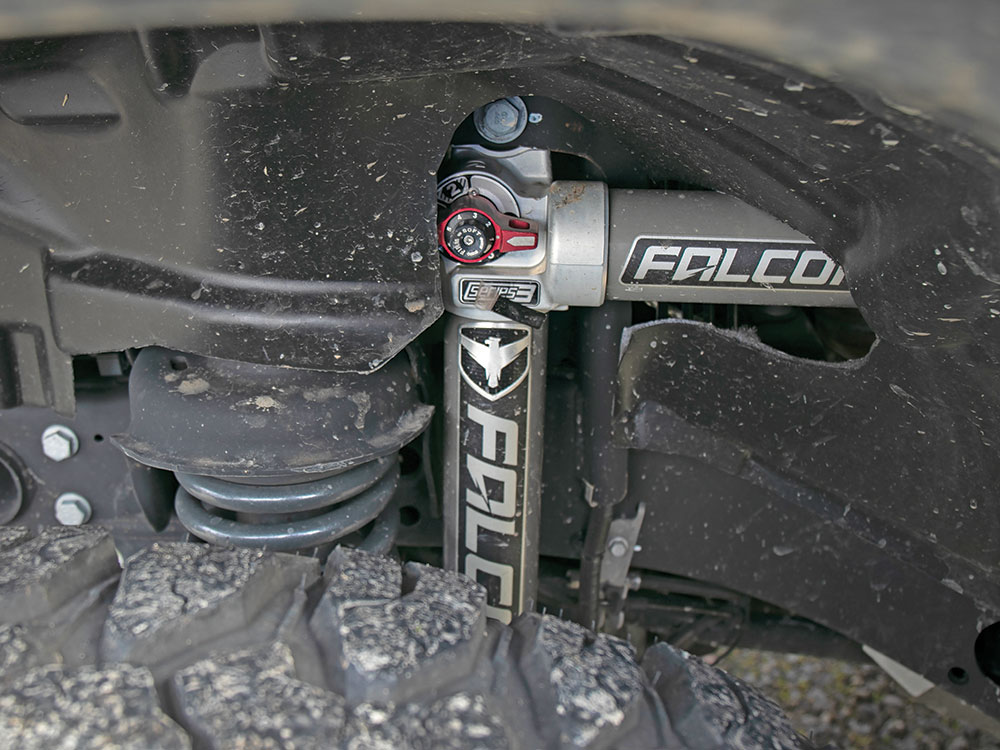
Higher performance shocks may offer adjustable reservoir settings to soften or harden the feel of the ride.
The optimal lift height for an overlanding vehicle carrying lots of weight can differ per application and may be subjective. However, a good general rule of thumb suggested by multiple manufacturers is up to 3 inches without needing to add scads of extra modifications. This allows increased ground clearance, making backcountry treks easier. Rock crawlers often add even more lift, installing kits that lift rigs 3 to 5 inches.
3. Underbody Protection
Although skid plates are primarily made from steel, lighter weight aluminum are also available. However, aluminum is softer than steel and can be damaged more easily. Skid plates are often powdercoated or painted and can be easily touched up. However, most times, scrapes are not visible to the naked eye. Touching up raw metal can help reduce corrosion, also. Underbody inspections should be regularly done, ensuring your ride is up to its next trail day.
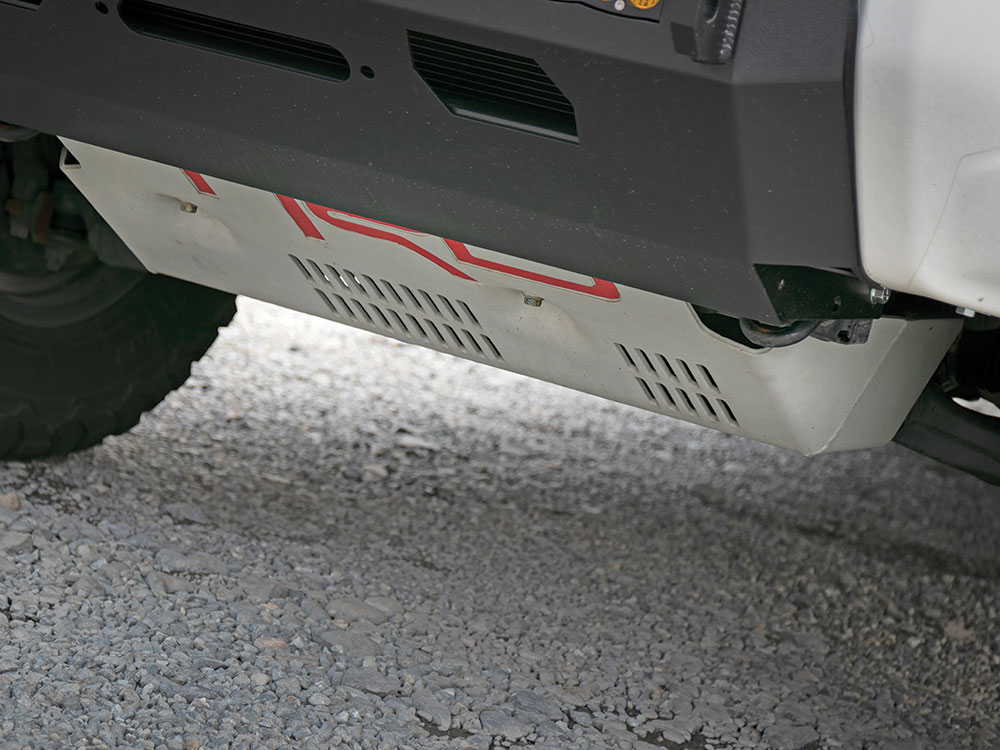
Skid plates are usually powdercoated or painted and can be easily touched up. However, scrapes are many times not visible to the naked eye but should be touched up to help prevent corrosion.
Skid plates can add weight, but they can also protect the vehicle from harm’s way when pushing the limits. Underbody protection can vary from front, mid, or rear skid plates, which protect vital components, including the oil pan, transfer case, and differentials.
4. Rock Sliders
Rock rails, or rock sliders, are sturdy metal bars that come in various shapes and sizes. Their role is to protect both underbody sides of an off roader. Not to be confused with running boards or nerf bars, which aren’t structurally supportive to withstand boulders or other trail hazards, rock sliders are either bolted on or welded to a vehicle’s frame and help shield a vehicle’s rocker panels, allowing it to slide off an obstruction vs. getting hung up it. Rock rails are a must if you plan to tackle extreme, off-pavement areas.
Rock sliders or rock rails come in many shapes and styles. It’s important to shop around to find which is the right fit for your adventure vehicle.
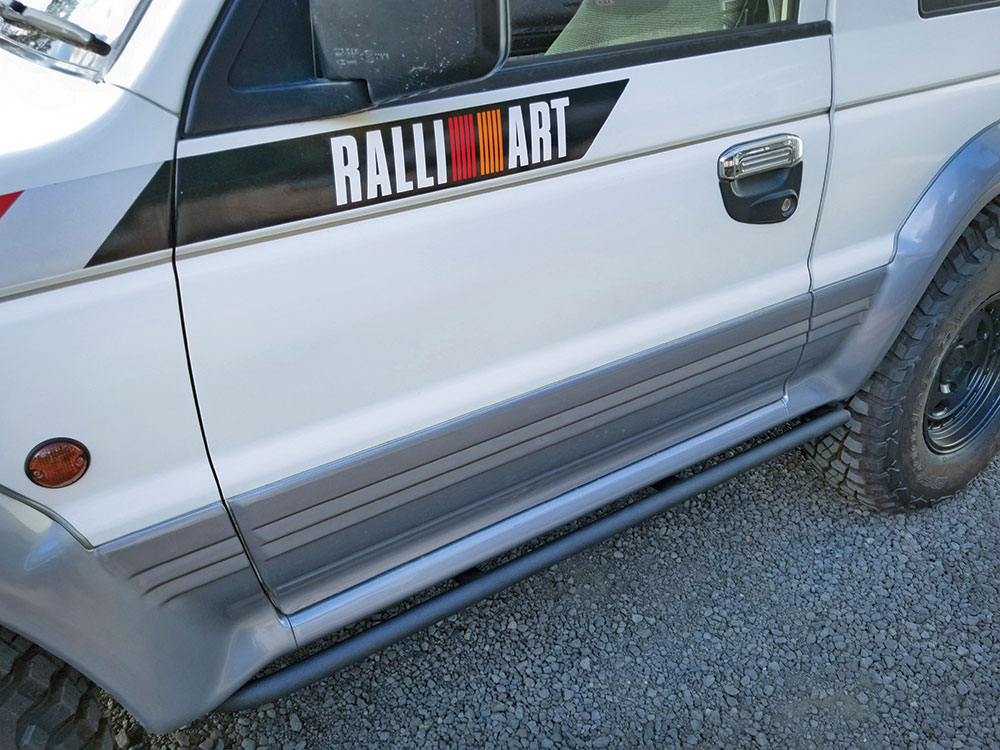
Rock sliders protect your vehicle’s rocker panels, allowing it to slide off an obstacle vs. getting caught up on it.
When rock sliders get scuffed up, maintain them with appropriate paints or anti-corrosion sealants. This will help lengthen their life to protect your vehicle.
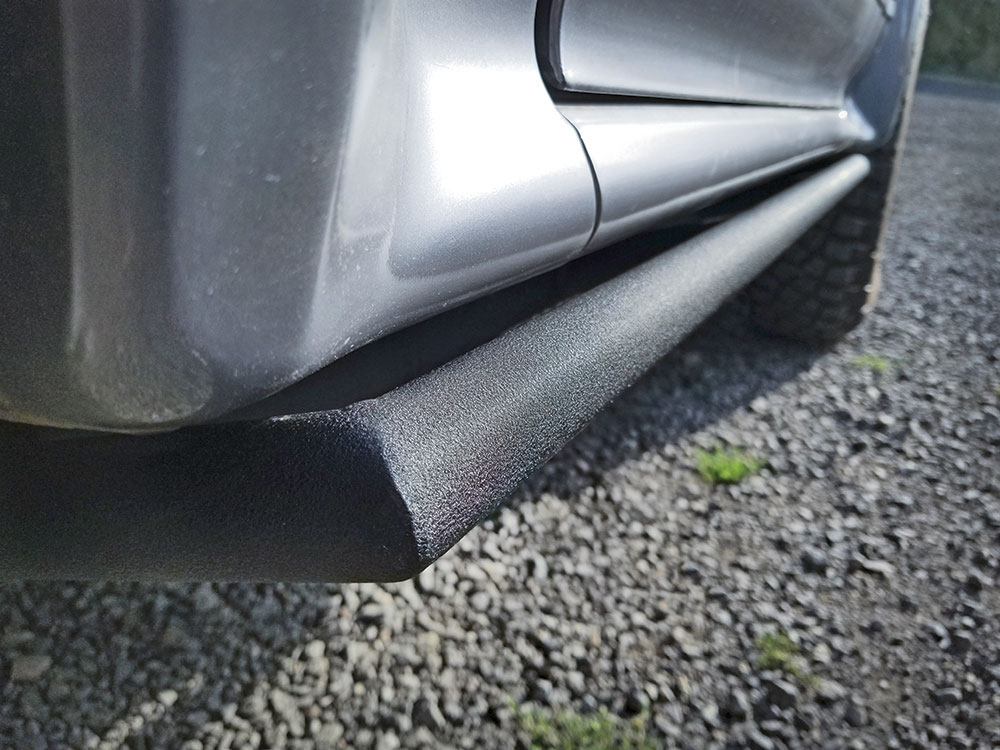
Rock sliders or rock rails come in many shapes and styles. It’s important to shop around to find which is the right fit for your adventure vehicle.
5. Aftermarket Bumpers
From bolt-on to weld-together kits, aftermarket bumpers range in price, features, and durability. Custom or aftermarket bumpers offer vehicle protection, additional recovery points, winch mounts, and an overall bad-ass look.
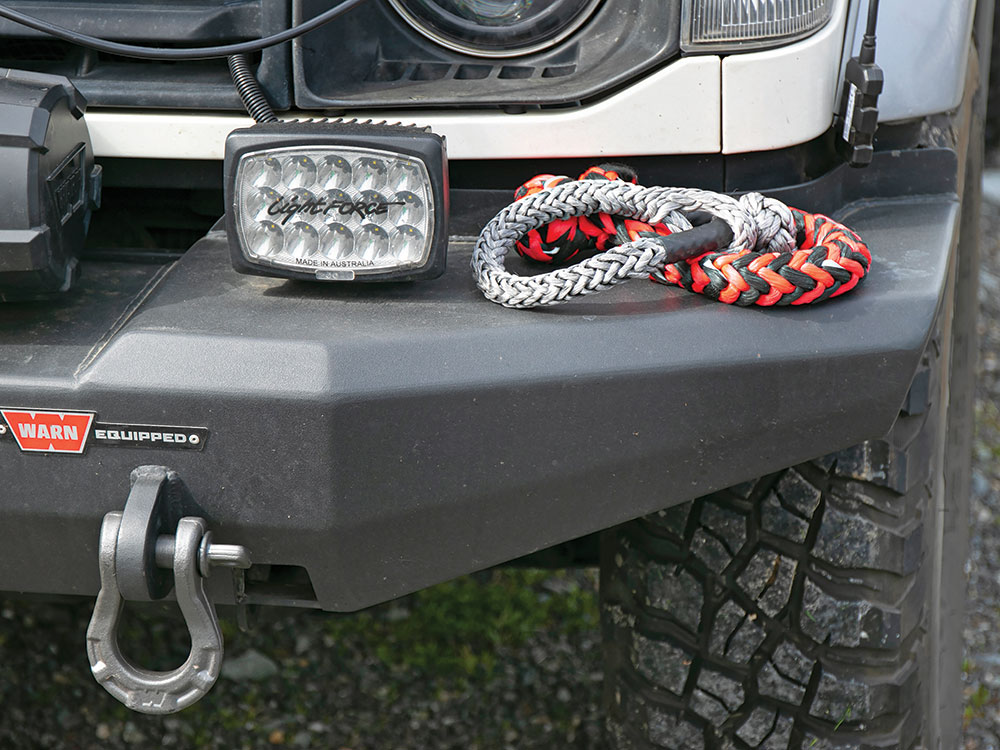
It’s important to purchase a high-quality aftermarket bumper from a reputable company, especially if remote vehicle recoveries will be involved.
Off-road bumpers are typically easy to install, have various price points (depending on their features), and are super sturdy. For beginners, rear aftermarket bumpers can open the door to tons of vehicle accessory upgrades like rear auxiliary lights, a swing-away spare tire carrier, a jerry can holder, or all of the above.
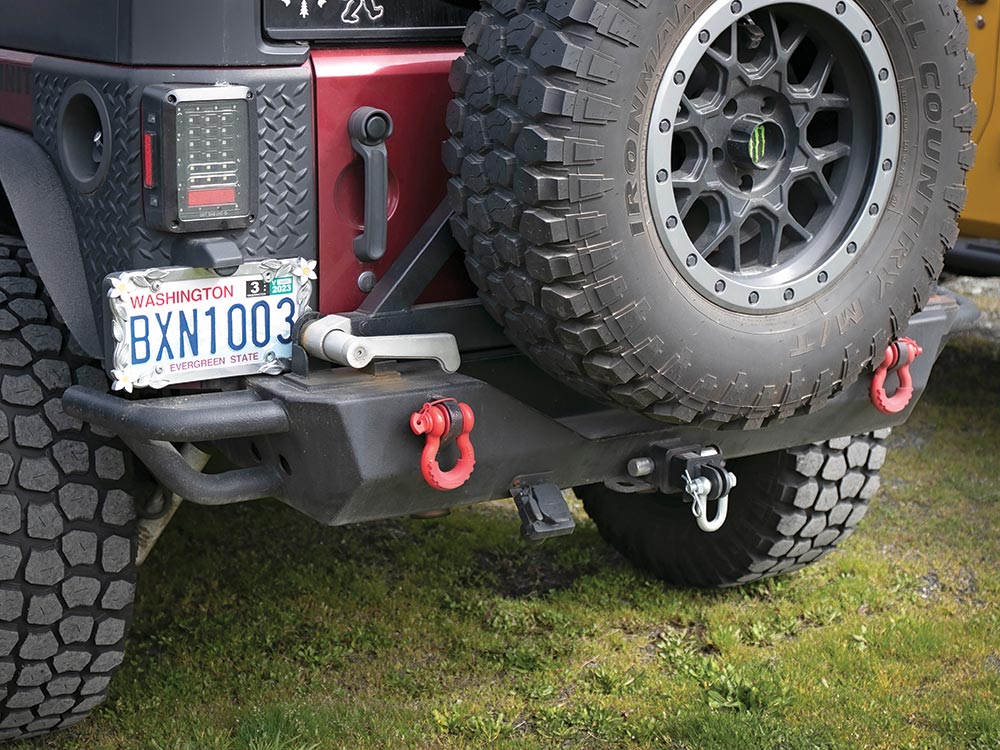
Aftermarket steel bumpers add protection, increased durability, and the opportunity for additional accessories and recovery points.
Front aftermarket bumpers house a variety of upgrade opportunities. From a winch to auxiliary lights and recovery points, premium bumpers offer added protection, increased durability, and the ability to mount additional accessories and more recovery options.
Quality aftermarket bumpers include ARB, CBI, Warn Industries, and more.
6. A Wide World of Winches
An electric vehicle winch is a great beginner upgrade to an aftermarket winch bumper. It’s a solid bit of kit for vehicle recovery—especially when traveling in remote areas or running solo. Electric winches come in many types and capacities, and it’s important to understand which winch is right for you before purchasing one.
To determine a vehicle’s correct capacity, an industry rule of thumb is to take a vehicle’s Gross Vehicle Weight Rating (GVWR) and multiply it by 1.5. This will give you the minimum pulling capacity for a vehicle. If between numbers, it’s safe to slightly round up (like if the minimum pulling capacity is 8,100 pounds, round it up for a 9,000-pound winch).
Companies like Warn Industries, Comeup, or Superwinch offer a wide variety of electric vehicle winches.
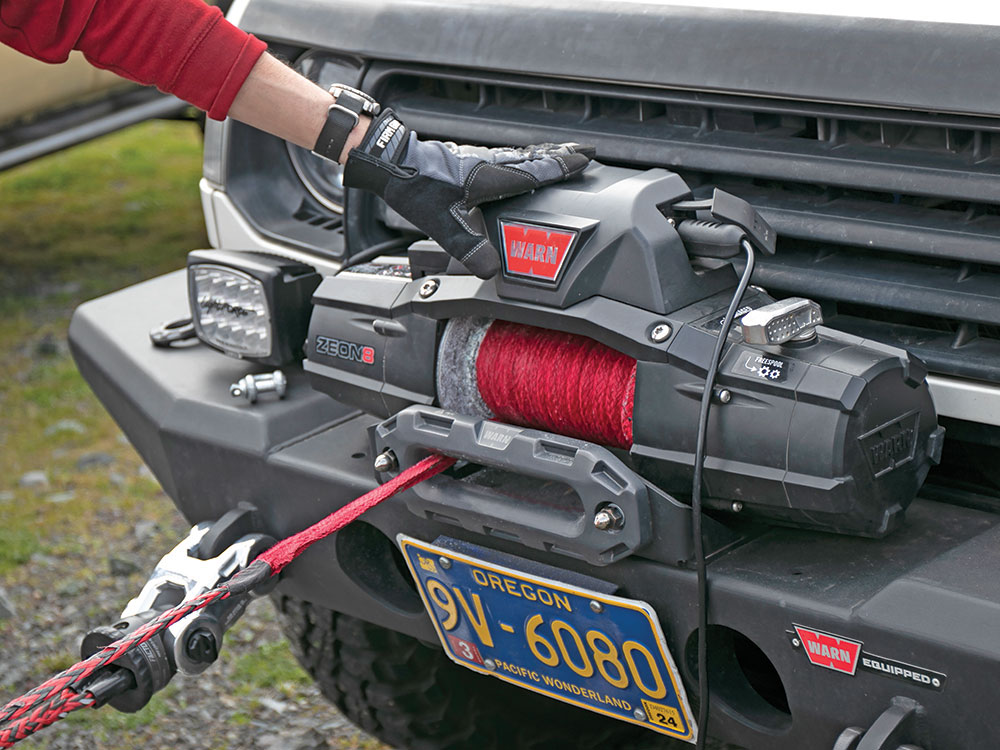
The last bit of the WARN Spydura synthetic rope features a red heat-resistant sleeve to help protect the rope and see where the end of the rope is.
Different models include features such as waterproof construction, steel cable or synthetic rope, or even wired, wireless, or smartphone-enabled winch controllers. It’s important to research which type is right for an off-road adventure vehicle. Same with other vehicle recovery gear, buying from reputable brands selling premium products can help ensure successful recoveries when the going gets tough.
The 4×4 Low-Down
These six basic upgrades will help off-roading enthusiasts increase their vehicle’s capability and give their rig a customized, cool look. From durable tires and beefy skid plates to stout aftermarket bumpers, winches, and more, these upgrades should be considered when customizing your 4×4.
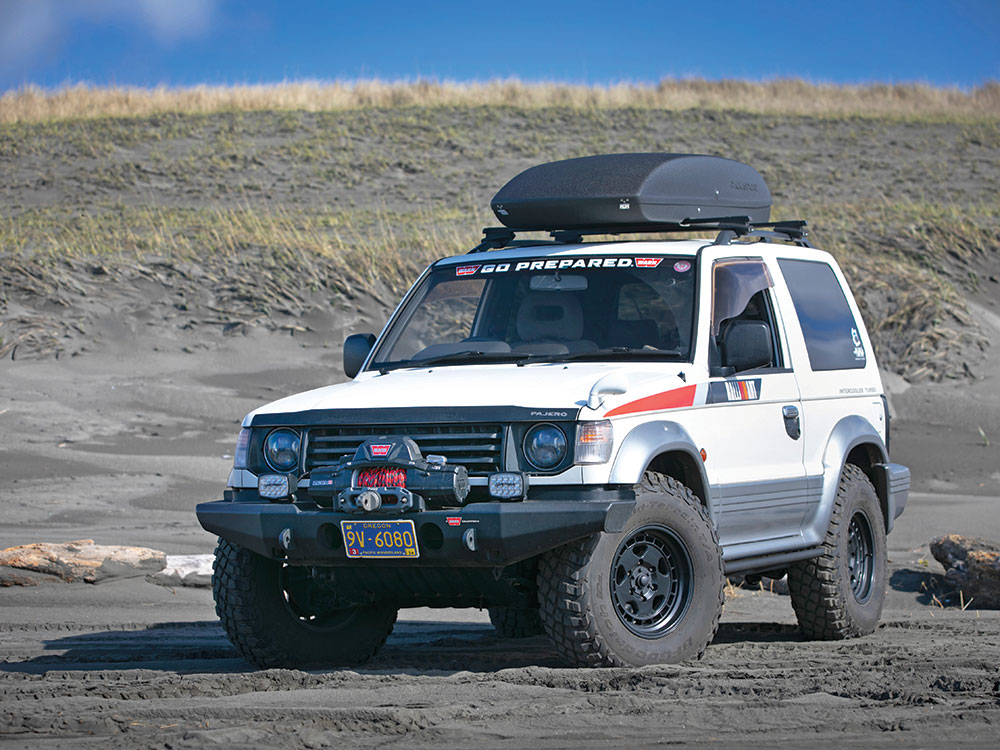
Basic vehicle upgrades not only look cool, but they also make your off-road rig more capable.
Editor’s note: A version of this story previously appeared in the TREAD July/August 2022 issue.



